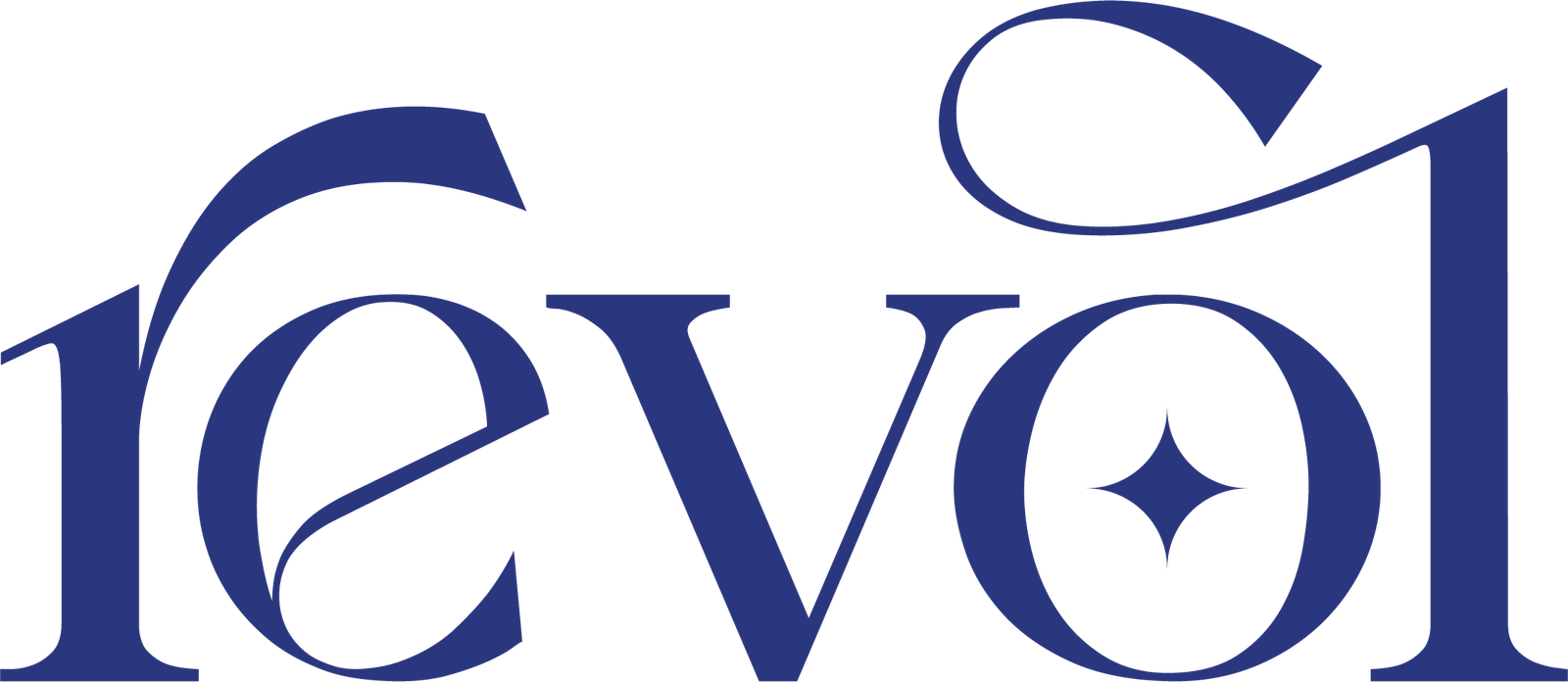Blog
What Are the Four Stages of the Hair Growth Cycle?

Introduction:
The growth and loss of hair may seem like a simple process, but the hair growth cycle is actually composed of four distinct phases. These stages of hair growth have been studied in great depth to better understand how hair grows and what might be done to prevent or treat premature hair loss.
The first three phases — anagen, catagen, and telogen — cover the growth and maturation of hair and the activity of the hair follicles that produce individual hairs. During the final or exogen phase, “old” hair sheds, though usually, a new hair is getting ready to take its place.
Each phase has its own timeline, which can be affected by age, nutrition, and overall health. That means there are steps you can take along the way to help ensure that your hair follows a healthy growth cycle. Read on to learn more.
How Does the Hair Follicle Work?
Hair follicles are pores, or small tubes, that contain a root from which hair grows. Follicles develop primarily in the two top layers of skin. They connect to blood vessels at a rounded base that contains a root called the dermal papilla. The papilla sends signals about growth as well as the color and size of the hair strands.
When your hair is in the growing phase, a strand emerges from the root and grows through the hole at the top of the follicle.
The 4 Stages of Hair Growth
The four stages of the hair growth cycle are:
- Anagen
- Catagen
- Telogen
- Exogen
Each follicle goes through an estimated 10 to 30 cycles during your life. The anagen phase is the longest and most active stage of the hair growth cycle. During this phase, hair grows at a rate of 1-2 cms per month.
The catagen phase is a transitional stage between the anagen and the telogen phase. During this phase, hair growth slows down by 50% and may stop altogether. The telogen phase is the shortest and least active stage of the hair growth cycle. This phase lasts for 3-6 months and during this time the hair does not grow. The exogen phase is the final stage of the hair growth cycle. This phase lasts for 6-12 months and during this time, hair falls out and new hair replaces it.
Stage 1: Anagen Phase
What is the Anagen Phase?
Also known as the ‘Growth Phase’ or ‘Active Phase’, the Anagen Phase is when the cells in the root of your hair are most rapidly dividing so more new hair is formed.
How much does your hair grow?
During the Anagen Phase, your hair grows around half an inch a month [about 6 inches a year], and faster in the summer than in winter.
How long does the Anagen Stage last?
This phase of the Hair Growth Cycle lasts an average of 3-5 years — so a full-length hair growth averaging 18 to 30 inches. The Anagen Phase is generally longer in people of Asian descent, and can last as much as 7 years — meaning your hair may be able to grow up to 3 feet long!
Best Hair Growth Vitamins: Which Vitamin is Good for Hair?
Stage 2: Catagen Phase
What is the Catagen Phase?
Following the Anagen Phase, your hair cycle enters a short transitional phase known as the Catagen Phase, which signals the end of active hair growth and cuts individual hairs off from the blood supply and from the cells that produce new hair. Approximately 3% of all hairs are in this stage at any time.
How long does the Catagen Stage last?
Approximately 10 days
Stage 3: Telogen Phase
What is the Telogen Phase?
The third stage of your natural hair growth cycle is the Telogen Phase, a resting period when strands remain in their follicles but are not actively growing. An estimate of 10-15% of your hairs are in the Telogen Phase at any given moment.
How long does the Telogen Stage last?
Approximately 3 months or 100 days.
Common Hair Problems: Causes and Simple Solutions
Stage 4: Exogen Phase
The final stage of hair growth is known as the exogen phase. During this phase, your hair detaches from the hair follicle and falls out. This allows new hair to grow in the follicle. Exogen can last around 2-5 months. Shedding of as many as 100 strands daily during this phase is considered normal, especially if you maintain hair care habits like brushing and washing your hair.
What Can You Do to Try and Maintain Hair Health During These 4 Stages?
Excluding the factors that are beyond your control such as genetics and hormone imbalances, there are certain things that you can do in order to try and keep hair loss at bay as much as possible. To maintain hair health during all four stages, here is some specific info for each stage:
- Anagen phase: This is the growth phase of the hair cycle. To maintain healthy hair during this stage, it is important to eat a balanced diet and get enough sleep. Additionally, it is important to avoid stress and environmental pollutants.
- Catagen phase: This is the transition phase of the hair cycle. To maintain healthy hair during this stage, it is important to avoid tight hairstyles and harsh chemicals.
- Telogen stage: This is the resting phase of the hair cycle. To maintain healthy hair during this stage, it is important to avoid trauma to the scalp and excessive brushing.
- Exogen phase: This is the shedding phase of the hair cycle. To maintain healthy hair during this stage, it is important to eat a balanced diet and take supplements if needed. Additionally, it is important to avoid stress and environmental pollutants.
What Happens when the Hair Growth Cycle is Disrupted?
Each hair follicle is independent and goes through the growth cycle at different times — otherwise all your hair would fall out at once! Instead, you only shed a certain number of hairs a day – 80 to 100 hairs on a healthy head of hair.
Hair loss, hair thinning and problems with hair growth may occur when your growth cycle is disrupted. This can be triggered by conditions such as metabolic imbalances, illness or improper nutrition.
For instance, around 12 weeks after restrictive dieting or a high fever, you may experience telogen effluvium (sudden diffuse hair fall). This occurs when your anagen (growth) phase is cut short, and many hairs enter the telogen (resting) phase at the same time – resulting in increased hair fall 3 months later during the exogen (shedding) phase.
If your hair growth cycle is constantly disrupted (for example, not supported with good nutrition, you may find that your hair will not grow as long as it used to. This is because your hairs are never allowed to stay in the anagen phase long enough to reach the desired length.
Tips for Hair Growth
A variety of lifestyle factors and tactics can encourage healthy hair growth.
Examine Your Hair Care Routine
Keep your hair care routine gentle. Try to avoid tight or damaging hairstyles like ponytails or extensions, which can stress the hair follicles. Also, consider minimizing the use of permanent hair color and hot tools, which can damage strands.
Eat a Balanced Diet
Some good nutritional supplements to help maintain hair health are ones that contain biotin, iron (especially for women), vitamin C, vitamin D, vitamin B12 folic acid, zinc and omega-3 fatty acids. This is in conjunction to increasing your protein intake as hair is mostly made from protein. See which vitamin deficiency causes hair loss
Good ingredients for extra protein in meals to eat are:
- fish
- beans
- lean meats
- legumes
Keep Your Scalp Clean
You may consider giving your scalp some extra support. For example:
- Keeping your scalp clean and healthy can promote hair growth by reducing the risk of scalp inflammation, infections, and dandruff.
- A self-care practice like regularly massaging your scalp might help stimulate hair growth, resulting in thicker and healthier hair.
- Stress management techniques might support hair growth. High stress levels trigger the production of the hormone cortisol, which can disrupt the hair growth cycle and lead to premature hair loss.
Try Over-the-Counter Medications
Over-the-counter (OTC) products can help with hair growth. Topical Rogaine (minoxidil) has been shown to stimulate hair follicles into the growth phase by increasing blood flow to the scalp. Anti-dandruff shampoos containing ketoconazole may also be helpful for hair regrowth.
Factors That Affect Hair Growth
Many health and lifestyle factors can affect the way that your hair grows. For example:
- Genetics: Researchers have identified certain genes that play a role in hair growth and the development of certain types of hair loss.
- Aging: Hair naturally becomes grayer and thinner with age, and you may notice that there aren’t quite as many strands actively growing.
- Health conditions: Conditions like alopecia areata (which leads to bald patches), anemia (low red blood cell count), and autoimmune conditions like lupus can all interfere with hair growth.
- Hormones: Circumstances that trigger hormone fluctuations—like pregnancy, menopause, or thyroid conditions—often affect how hair grows.
- Stress: Emotionally or physically stressful situations, such as childbirth or cancer treatment, can disrupt or sometimes halt hair growth.
The speed of your hair growth cycle may fluctuate slightly at certain times throughout your lifetime. While growing out your hair may seem like it takes forever, most healthy hair grows roughly half an inch each month.
Conclusion:
Understanding the four stages of the hair growth cycle—anagen, catagen, telogen, and exogen—offers valuable insight into how hair grows, sheds, and regenerates.
Each stage plays a crucial role in maintaining healthy hair, and disruptions to the cycle can lead to thinning or excessive hair loss. By supporting your hair at each phase with proper nutrition, stress management, and gentle hair care, you can optimize your chances of maintaining thick, healthy hair.
While genetics, hormones, and age are factors beyond your control, small lifestyle adjustments can make a big difference. If you’re experiencing unusual hair loss or changes in hair texture, it’s always a good idea to consult a healthcare professional to rule out underlying causes.
With the right care and awareness of your hair’s natural cycles, you can help ensure that your locks stay as vibrant and healthy as possible throughout your life.


